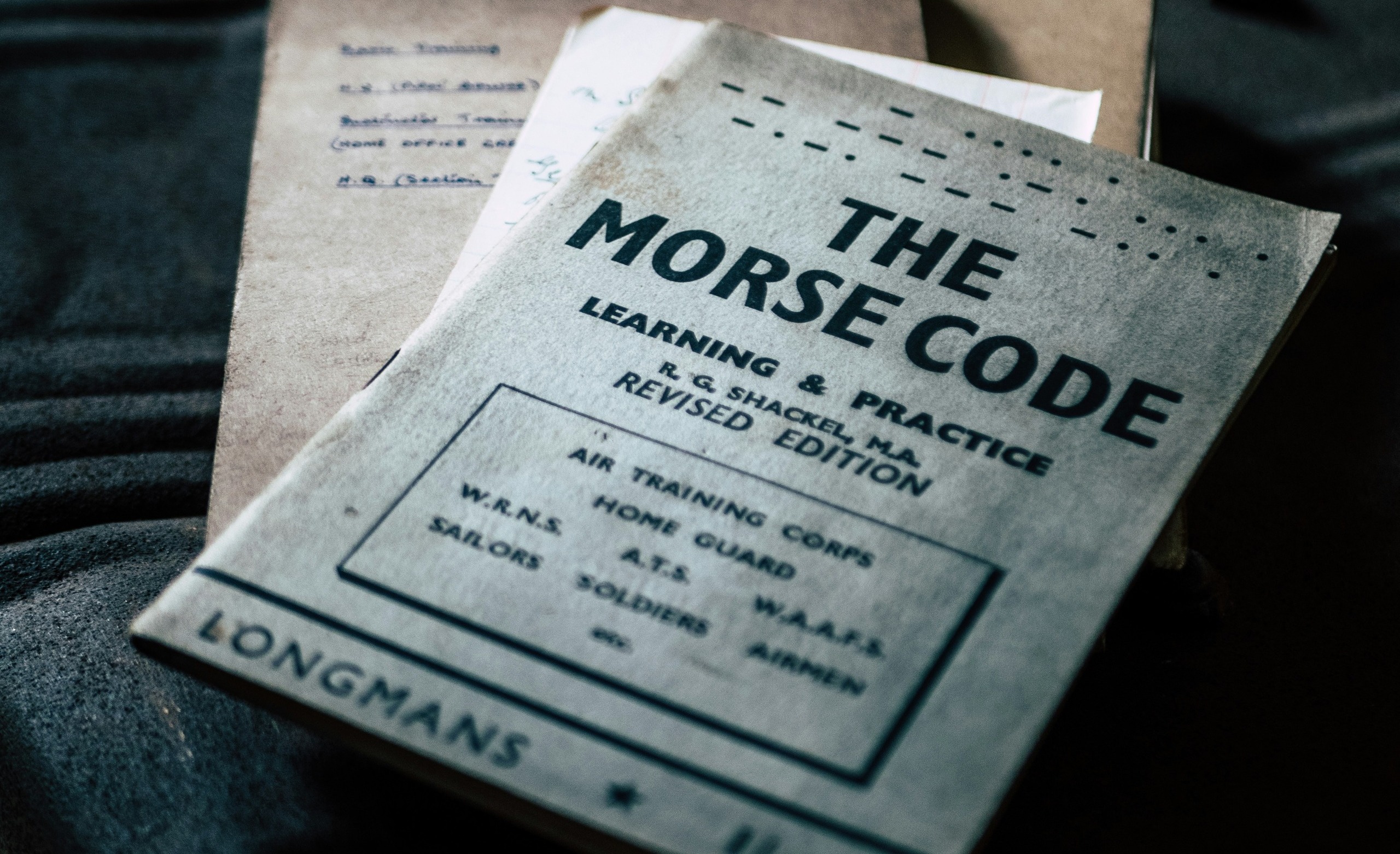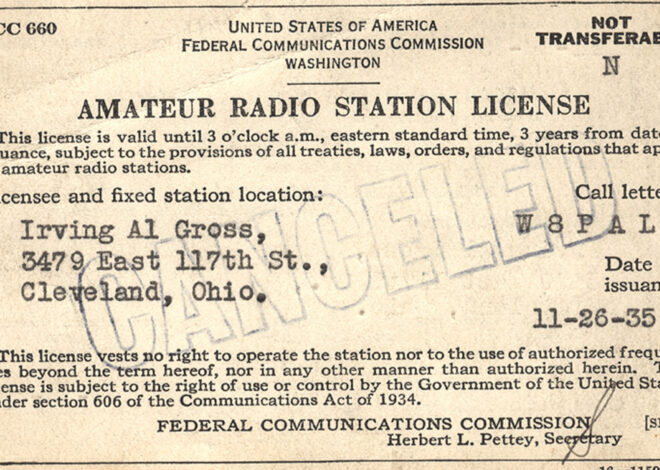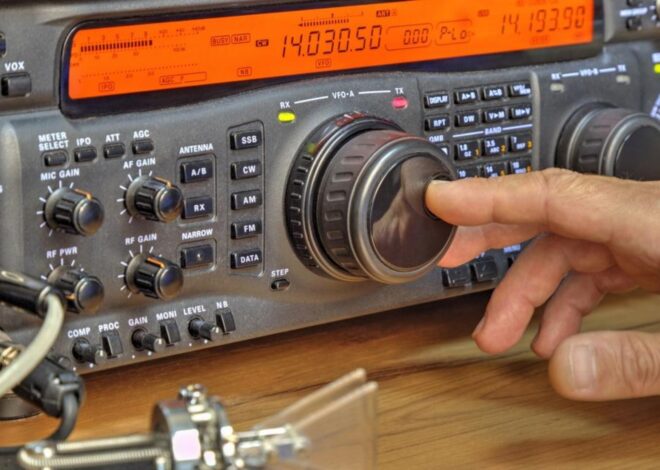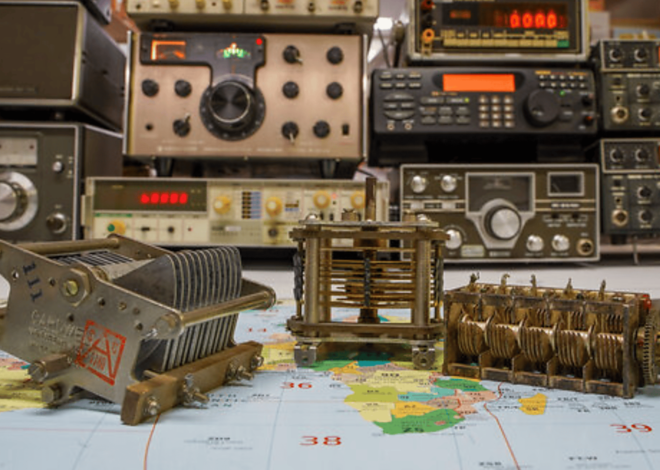
Learn Morse Code Fast
Welcome to our comprehensive guide on how to learn Morse code fast. Imagine being able to communicate in a language that transcends barriers. Morse code, an ingenious system of dots and dashes, allows you to do just that.
It’s not only a fascinating piece of history but also a practical skill that can enhance your communication toolkit. Whether you’re looking to impress friends or simply challenge yourself, learning Morse code is both fun and rewarding.
In today’s fast-paced world, we often overlook the power of simplicity. Morse code embodies this principle perfectly—it’s straightforward yet profound. Ready to dive into the intriguing universe of beeps and flashes? Let’s explore how you can learn Morse code fast!
What is Morse Code?
Morse code is a method of encoding text characters into sequences of signals. These signals can be transmitted as sound, light, or visual cues. Each letter and number has its own unique combination of short and long signals known as “dots” and “dashes.”
Developed in the early 1830s by Samuel Morse and Alfred Vail, this system revolutionized communication. It allowed messages to be sent across vast distances using telegraph systems. What makes Morse code special is its simplicity. With just two basic elements—dot for a short signal and dash for a long one—it offers an effective means to convey information quickly.
Today, it remains relevant not only in amateur radio but also in various emergency situations where verbal communication may falter. Whether you’re sending SOS distress calls or sharing secret messages with friends, mastering Morse code opens up new avenues for expression.
History of Morse Code
Morse Code emerged in the early 1830s, revolutionizing communication. Samuel Morse and Alfred Vail developed this system to transmit messages via telegraph. Initially, it was a series of dots and dashes representing letters and numbers. The simplicity allowed operators to send messages across vast distances quickly.
Its first public demonstration occurred in 1844, when Morse famously sent “What hath God wrought?” between Washington D.C. and Baltimore. This moment marked the dawn of instant long-distance communication. By the late 19th century, Morse Code became crucial for maritime navigation.
Ships adopted it as a standard communication method, enhancing safety at sea significantly. World War II further popularized its use among military forces worldwide. Operators trained intensively to ensure secure transmissions during critical missions—this relentless training solidified its importance in wartime operations.
Benefits of Learning Morse Code
Learning Morse Code offers a unique set of benefits that can enhance your communication skills. It fosters cognitive development, challenging the brain to decode and encode signals quickly. Additionally, mastering Morse Code can boost problem-solving abilities.
You’ll find yourself thinking critically as you interpret dots and dashes in real-time situations. Another advantage is its historical significance. Understanding this code connects you with a rich legacy of communication used by sailors, aviators, and emergency responders throughout history.
Moreover, it serves practical purposes today. In emergencies or when technology fails, knowing Morse Code could be invaluable for signaling help without relying on gadgets. Learning this skill can deepen your appreciation for language itself. The intriguing patterns within Morse unlock new perspectives on how we share information across distances.
Basics of Morse Code – The Alphabet and Numbers
Morse Code is a fascinating communication system that translates letters and numbers into combinations of dots and dashes. Each letter of the alphabet has its own unique pattern, making it both simple and complex.
For instance, the letter ‘A’ is represented by dot-dash (·-), while ‘B’ is dash-dot-dot-dot (-···). The beauty lies in its simplicity; just 26 letters come together to form endless possibilities.
Numbers follow suit with their distinct codes. The number ‘1’ is depicted as dot-dash-dash-dash-dash (·—-), whereas ‘5’ takes on the easier format of five dots (·····).
Understanding these basics allows you to start deciphering messages quickly. With practice, you’ll soon find yourself recognizing patterns effortlessly.
Practice Exercises for Mastery
To become proficient in Morse code, consistent practice is essential. Start by familiarizing yourself with the sounds of dots and dashes. Use an app or online tool that plays random letters for you to decode. Next, try writing out simple phrases in Morse code.
This exercise helps reinforce your memory while honing your translation skills. Challenge yourself by gradually increasing the complexity of the sentences. Flashcards can also be a great aid. Create cards with letters on one side and their corresponding Morse representations on the other.
Quiz yourself regularly to solidify what you’ve learned. Consider joining local clubs or online communities focused on amateur radio or emergency communication. Engaging with others encourages practical application and peer support, making learning more enjoyable and effective.
Utilize timed drills to improve speed and accuracy. Set a timer for short bursts of practice each day; this will help you maintain focus while tracking your progress over time.
Ways to Learn Morse Code Quickly
To learn Morse Code quickly, start by focusing on the basics. Familiarize yourself with the dots and dashes that represent each letter and number. Flashcards can be a handy tool for this. Next, use apps designed to teach Morse Code. These interactive platforms often include games and quizzes that make learning enjoyable.
Practice daily through auditory methods too. Listening to Morse Code audio will help you associate sounds with letters, enhancing your retention. Another effective technique is to engage in conversations using Morse Code with friends or fellow learners.
This real-time practice boosts confidence and understanding. Consider joining online forums or social media groups dedicated to Morse enthusiasts. Sharing tips and experiences can provide motivation while exposing you to different learning strategies.
Resources for Learning Morse Code
When it comes to learning Morse Code, a wealth of resources is available. Online courses and apps make mastering the code accessible for everyone. Mobile applications like “Morse Mania” or “Morse Code Trainer” provide interactive lessons. These platforms often include quizzes to test your skills in real time.
YouTube hosts countless tutorials that break down the alphabet and numbers into easy-to-follow segments. Watching these videos can reinforce your understanding through visual aids. Books remain invaluable tools as well. Titles such as “The Art of Radiotelegraphy” offer deep dives into both history and practice, catering to different learning preferences.
Practice sites like “Learnmorsecode.com” allow users to send messages back and forth using Morse symbols. Joining online communities on forums or social media can also connect you with fellow learners, enabling sharing tips and experiences along the way.
Practical Applications of Morse Code
Morse code has intriguing practical applications that continue to be relevant today. One of its most notable uses is in emergency situations. Tapping out three short signals followed by three long ones can signal distress, universally recognized as SOS.
This simple method can save lives when conventional communication fails. In aviation and maritime industries, Morse code remains vital for navigation. Pilots and sailors use it to identify radio beacons easily while ensuring safe travels across vast distances.
Amateur radio operators also embrace Morse code for efficient communication over long ranges. The ability to transmit messages with minimal equipment makes it invaluable, especially during emergencies or natural disasters. Moreover, Morse code fosters creativity.
Artists and musicians incorporate its rhythmic patterns into their work, adding depth and meaning through a unique form of expression. Learning Morse code opens doors to various fields where traditional methods may falter or become obsolete.
Conclusion: Why Everyone Should Learn Morse Code
Morse code is more than just a method of communication; it’s a valuable skill that unlocks doors to creativity, problem-solving, and emergency preparedness. Learning this ancient language can enhance cognitive abilities while also connecting you with history and the world around you.
Imagine being able to send messages in situations where traditional methods fail. Morse code is not only practical but also fun. It challenges your brain, encourages focus, and offers a unique way to engage with others who share the same interest.
Whether you’re interested in ham radio, hiking safety, or simply want an impressive party trick up your sleeve, mastering Morse code can be incredibly rewarding. Its applications extend far beyond simple text messaging; it’s about fostering connections across distances—literal or metaphorical.
Everyone can benefit from learning Morse code fast. It’s an investment in knowledge that brings both personal satisfaction and practical skills for any situation life may throw your way. Why not start today?




This article has inspired me! I’m considering learning Morse code to flirt with pretty women and insult my enemies. Do you think blinking in Morse code would be a successful flirting strategy or an effective way to antagonize foes? 😄 On a more serious note, do you have any suggestions on fun or practical ways to use Morse code in everyday life to keep the skill sharp? Thanks for the great guide—looking forward to your thoughts!
Hey David,
Thank you for stopping by and sharing your thoughts about learning Morse code fast. Morse code was and still is a great way to communicate and is a great skill to have. I learned Morse code almost 30 years ago when I was learning how to sail a boat.
Morse code can be used to send whatever communication you would like including flirting with a girl that you like. Just make sure they understand Morse code as well. As far as practicing Morse code, you can simply tap your finger on a table as if you are sending a message. Practice, practice and more practice is the only way to master Morse code.
Best wishes David,